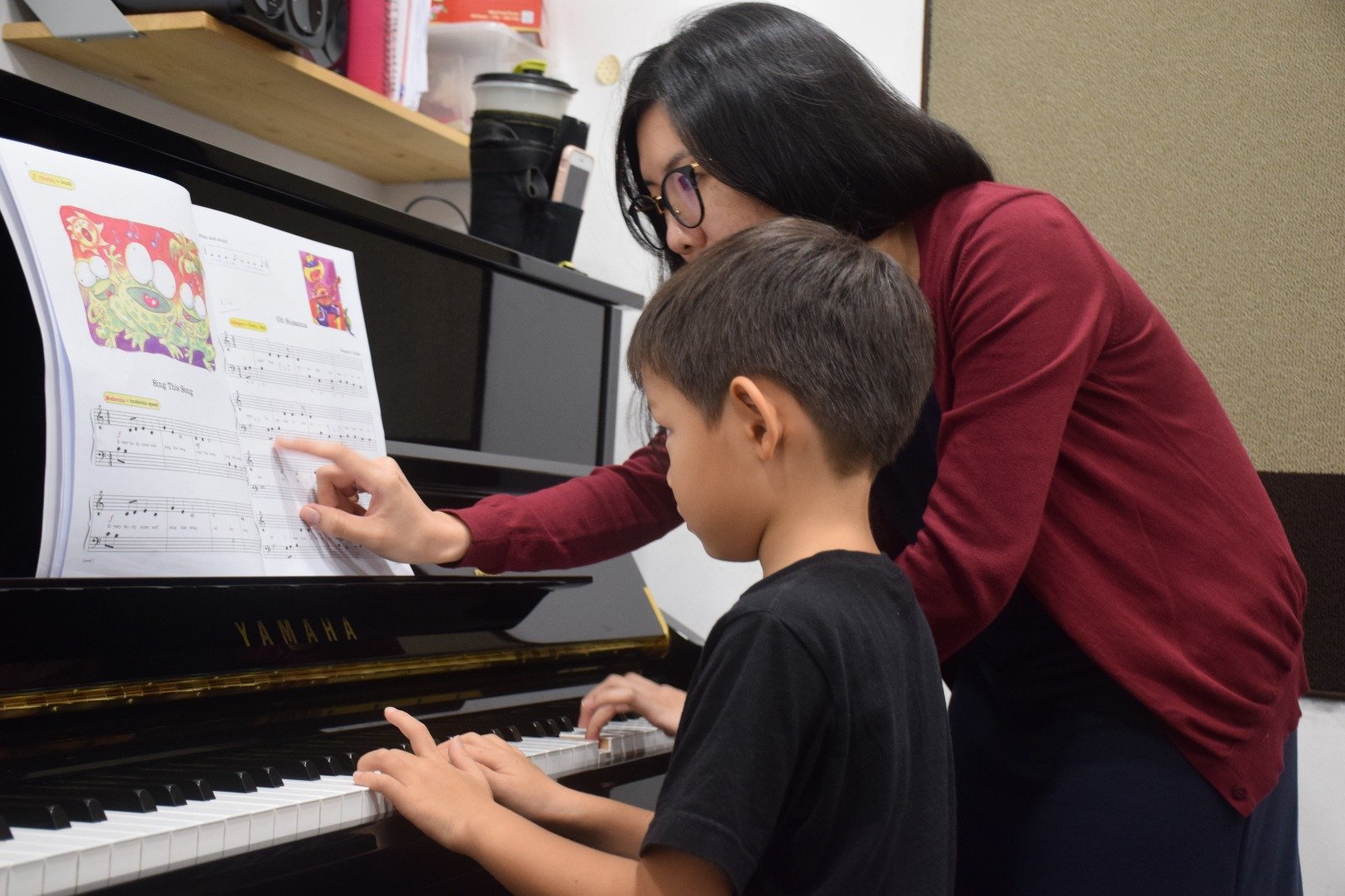Imagine having the ability to refine your skills without stepping onto the field, into the office, or even out of your living room. That’s the promise of realistic virtual environments. From enhancing athletic performance to transforming corporate training sessions, virtual reality (VR) is revolutionizing how we approach skill development.
This blog dives into the remarkable impact of realistic virtual environments on training across various domains. If you’re a sports enthusiast, corporate trainer, coach, or education technology enthusiast, this is your guide to understanding how immersive technology is shaping the future of learning.
Why Realistic Virtual Environments Matter
Realistic virtual environments recreate scenarios with stunning accuracy, enabling hands-on practice in a virtual setting. By bridging the gap between theory and real-world application, they offer:
- Immersion – Users feel like they’re in the actual environment, which enhances focus and engagement.
- Customization – Tailored scenarios allow each individual to train according to their specific needs.
- Cost-effectiveness – Virtual training reduces expenses related to travel, equipment, and logistics.
But the true magic of these environments is their ability to simulate experiences so real that users can replicate their actions outside the virtual realm.
Transforming Training in Sports
Personalized Performance Coaching
Realistic virtual environments allow athletes to train in their specific sports scenarios. Whether it’s perfecting a golf swing or mastering a penalty kick, VR tools use data-driven feedback to provide personalized coaching. For instance, professional players can pair advanced tools, like a golf launch monitor, with VR for precise analysis on posture, speed, and force.
Example? A golfer can practice on a digital recreation of the Pebble Beach Golf Links, adjusting their technique in real time while minimizing repetitive strain on their body. The results? A marked improvement in performance metrics without needing constant physical travel to the golf course.
Injury Rehabilitation
Virtual environments have proven instrumental in aiding injured athletes. Simulated exercises help rebuild strength and confidence while reducing risks associated with physical rehabilitation. For example, a virtual soccer training routine can help an athlete recovering from an ACL injury regain essential skills without risking reinjury on the field.
Mental Toughness Drills
Training isn’t solely physical; athletic success requires mental strength. Virtual environments offer scenarios such as pressure-packed audience events or rival face-offs that athletes can practice overcoming without any real-world stakes.
Redefining Corporate Learning
It’s not just athletes reaping the rewards of VR training; immersive environments are making waves in corporate settings too.
Risk-Free Role-Playing
Want to practice handling irate clients, conducting delicate negotiations, or presenting to C-suite executives? VR allows employees to role-play these high-stakes situations in a safe, controlled environment. Mistakes happen—but in VR, they serve as invaluable learning moments without any negative consequences spilling over into the workplace.
Hands-On Technical Training
For companies with highly technical roles, VR eliminates the need for risky on-site training. For example, oil and gas workers can practice equipment usage in a virtual rig rather than grapple with actual life-threatening circumstances during their learning phase.
Team Collaboration Simulations
Remote work may have displaced physical offices, but VR enables seamless collaboration through dynamic virtual environments. Meetings, brainstorming sessions, and even crisis simulations can all take place within detailed VR setups, fostering strong team dynamics despite physical distance.
Enhancing Coaching in Education
Experiential Learning Redefined
For educators, virtual environments provide students with exceptional interactive experiences. Imagine history students walking through ancient Rome or biology enthusiasts dissecting 3D holographic frogs. Engaging, hands-on learning like this leads to content retention far superior to traditional methods.
Safe Space for Trial-and-Error
VR lets learners make mistakes without fear of failure. Consider a STEM student simulating an intricate experiment in VR before attempting it in a real lab. The freedom to fail securely nurtures bold problem-solving and creative innovation.
Equipping the Workforce of Tomorrow
Education is as much about skill preparation as it is conceptual learning. Virtual reality makes coding, design thinking, and engineering simulations tangible for younger learners, ensuring they’re tapped into the future demands of the global workplace.
Case Studies and Success Stories
Sports Applications
- Basketball – The NBA uses VR to recreate high-pressure game moments for player refinement. VR-based shooting practices have reduced scoring anxiety for rookies, preparing them for game-day performance with confidence.
- Golf – SailGP’s professional teams integrate VR training with golf launch monitors to master technical intricacies like wind shifts, swing velocity, and trajectory.
Corporate Impact
- Walmart – Walmart trains its employees using VR simulations to handle heavy customer influx during holiday periods. Through experiential learning, they’ve drastically improved staff preparedness and store operations.
Academic Benefits
- Stanford University – VR experiments in Stanford’s education program have shown a 76% improvement in student subject retention compared to traditional methods.
These examples highlight one thing all industries have in common—a willingness to evolve and integrate technology for measurable improvement.
Overcoming Challenges in Virtual Training
No technology is without its hurdles. Implementing realistic virtual environments into training faces challenges such as high upfront costs, scalability, and user resistance. However, innovative financing options, advancements in tech, and growing familiarity are rapidly addressing these issues.
To stay ahead, it’s vital to conduct regular assessments, seek feedback, and fine-tune the integration process for optimal outcomes.
A Vision for the Future
The potential applications of virtual training environments are boundless. The seamless blend of innovation and interactivity ensures a future where training becomes more accessible, engaging, and impactful.
Organizations and individuals who adopt this technology stand to gain immense competitive advantages, setting themselves apart in their respective fields.
Take Your Training to the Next Level
Whether you’re an athlete refining your game, a business leader seeking innovative employee training, or an educator shaping tomorrow’s leaders, realistic virtual environments have the power to elevate your results.
Why not take the next step? Learn more about how immersive technology, paired with tools like a golf launch monitor, can revolutionize your approach to training.
The future isn’t ahead of us; it’s here, ready to be embraced.






